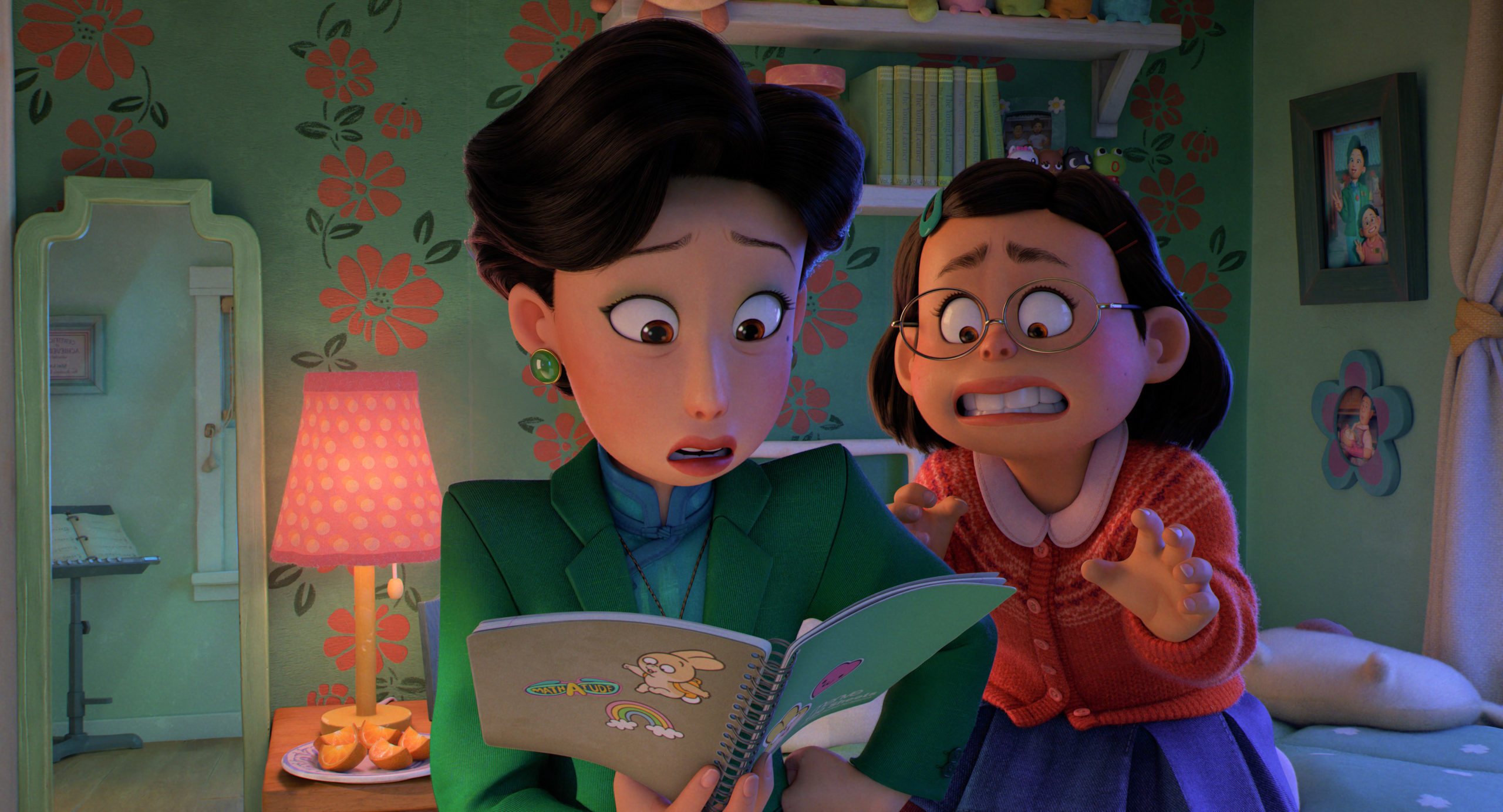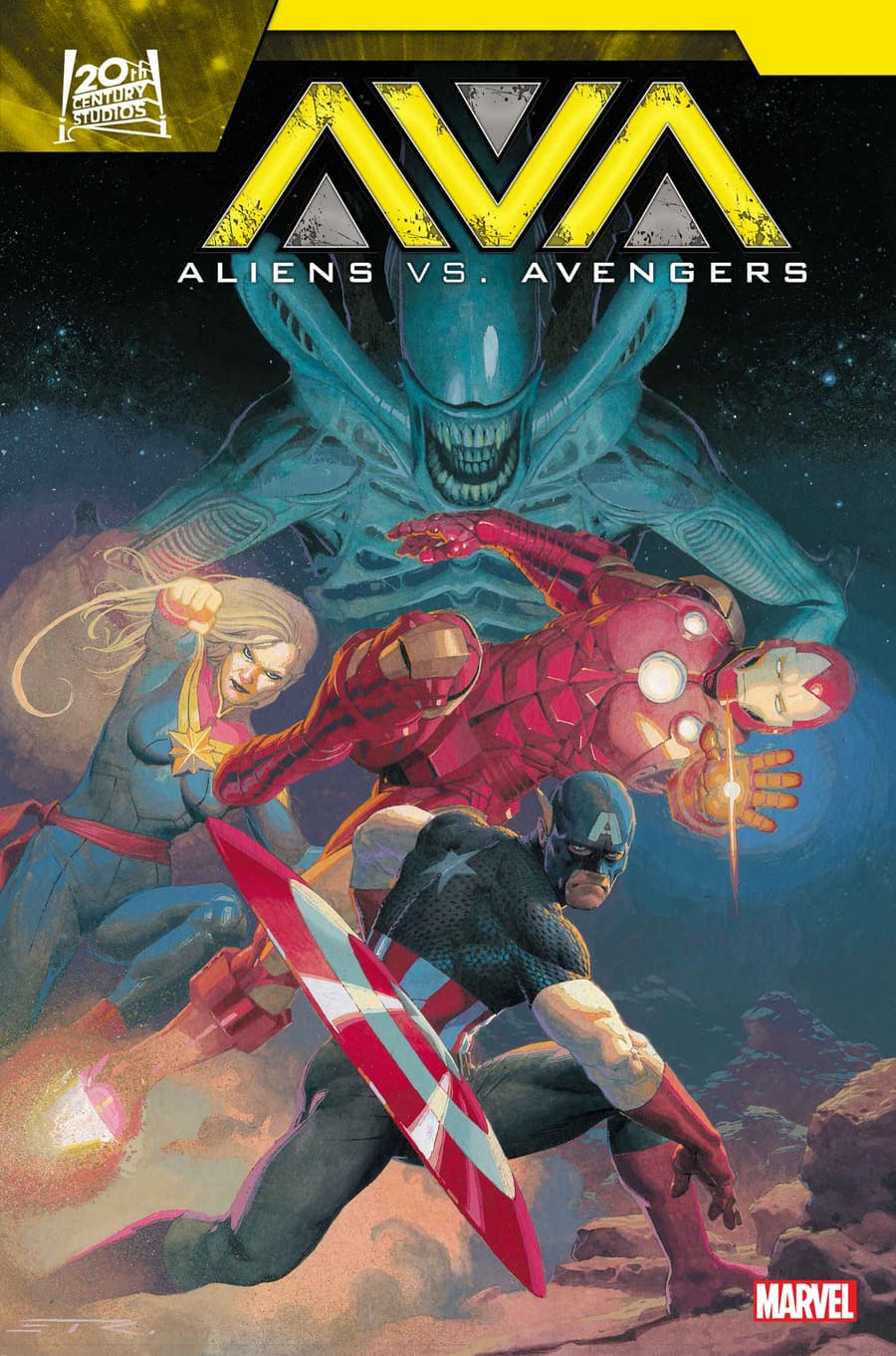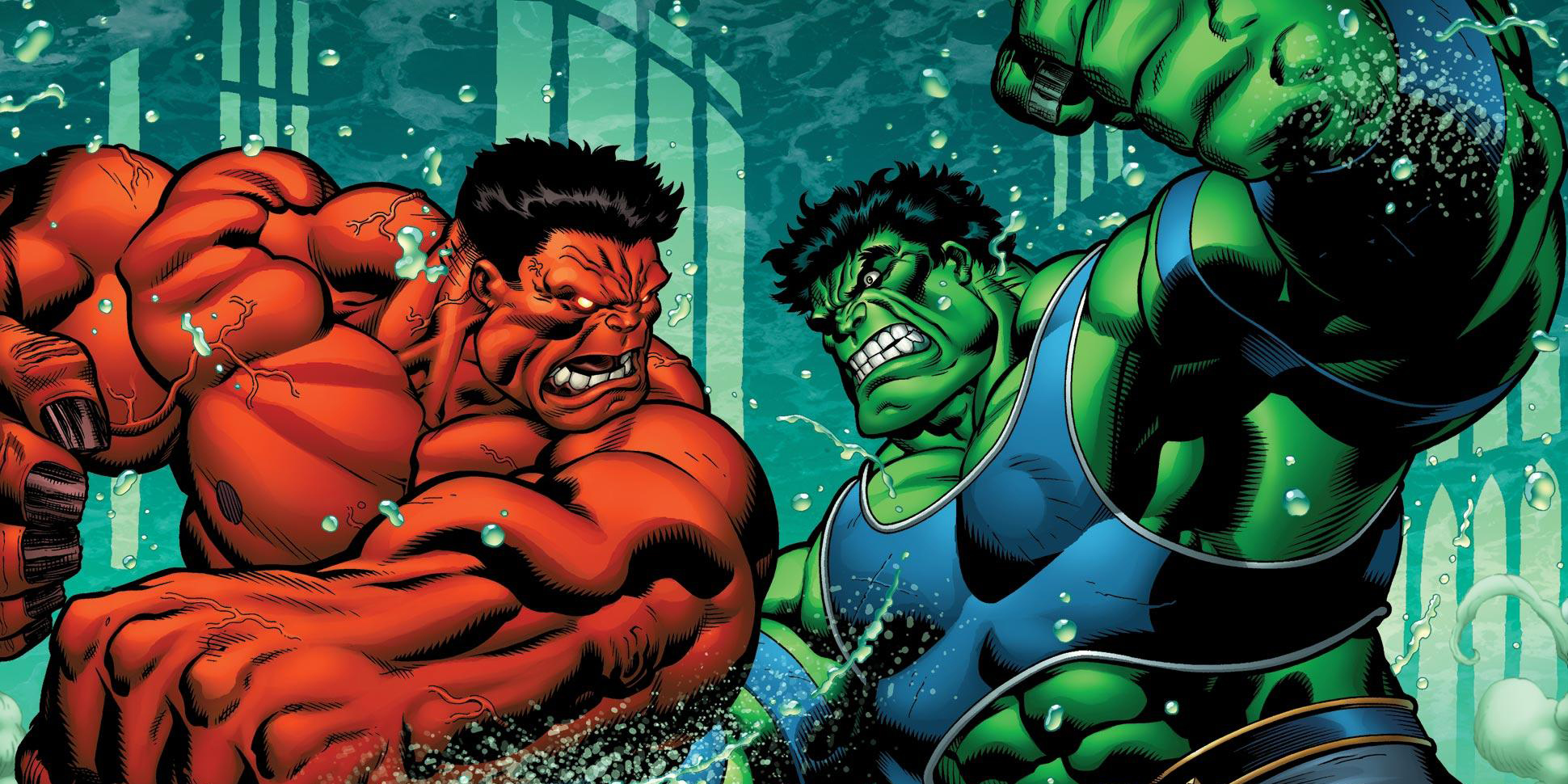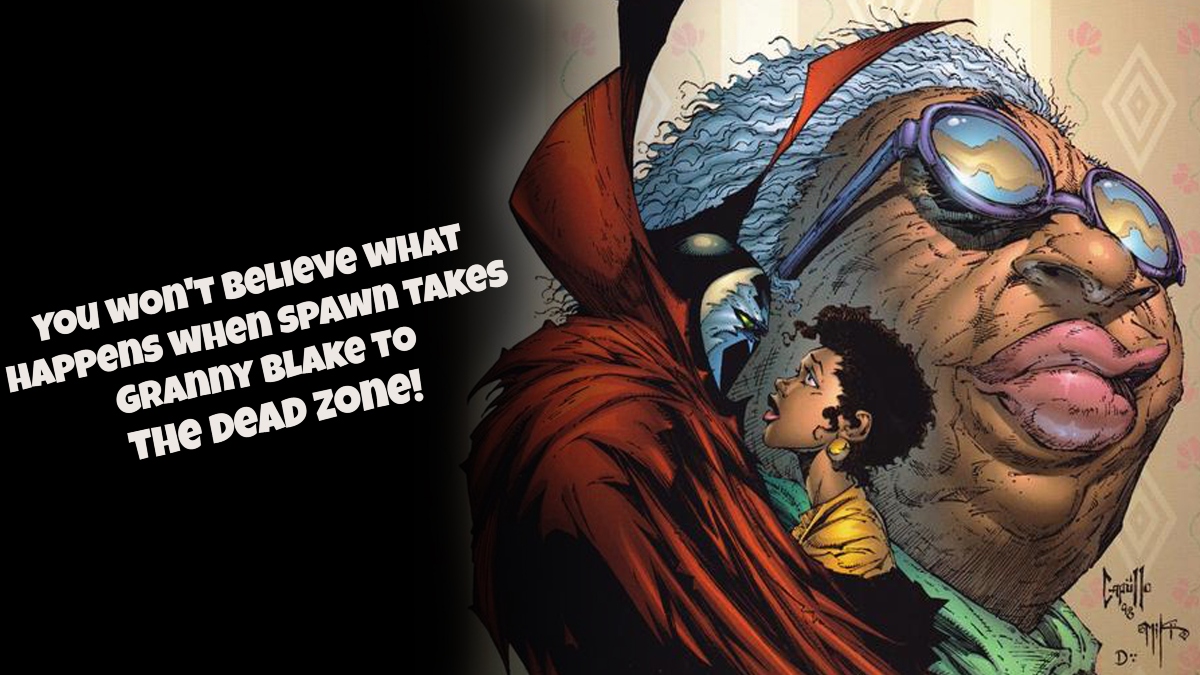Turning Red is the story of Meilin “Mei” Lee (Rosalie Chiang). As a 13-year-old living in 2002 Canada, Mei finds herself slightly over-extended. She’s basically in every club, and a top student in all her classes, and she works tirelessly for her parents, and, and, and… As a result, Mei finds herself incredibly stressed and unable to really spend time with her loving friends. One morning Mei wakes up to discover she has transformed into a giant, furry, red panda. She’s horrified but Mei soon learns that a) this is a common occurrence for the women in her family and b) she can control the effects of the “curse” by remaining calm and stoic. However, as more time passes, Mei soon learns that being an out-of-control panda also has its perks.
What works in Turning Red is the packaging. Director Domee Shi, who won the Academy Award for Best Animated Short Film with Bao, tackles some very tough issues head-on in this coming-of-age tale. Most of these are representations of growth: being a 13-year-old girl comes with experiencing a lot of changes physically, emotionally, and psychologically. Shi’s metaphor for this is digestible (and cute!): the panda persona has considerable depth and layers. In addition, Shi explores familial dynamics, particularly those often layered within Chinese culture. Mei and her mom love each other, but they also must navigate how to respect each other’s boundaries, wishes, and flaws. All-in-all, there are many wonderful messages Turning Red wants to convey.
RELATED: Turning Red | Director Domee Shi’s Story About The Universal Struggle Of Growing Up
Some audience members may not enjoy Turning Red as much as others due to relate-ability. First, the mother-daughter relationship is often cringe-worthy: Mei’s mom goes so far as to follow her to school and wave a box of pads outside an 8th grade classroom while screaming loudly. While its certainly common for parents and teenagers to clash during these years, there are many situations that could have been diffused with a conversation. Next is the time period. Setting Turning Red in 2002 is humorous for those who remember that era and the film takes advantage of this by heavily incorporating the technology of the time and the boy-band craze. But for younger audiences, it’s likely that many references will be lost or unappreciated. And finally, while the wrap-up to Turning Red lands in a good place, there are some questionable actions and messages along the way, specifically about expressing healthy emotions.
Turning Red is laudable for tackling some pretty tricky topics with aplomb. It might not resonate with all viewers on a universal level, but there are certainly plenty of patrons who will appreciate the challenges and themes inherent to the narrative.
Recommended if you Enjoyed: Inside Out, Up

 FOR FANBOYS, BY FANBOYS
Have you checked out LRM Online’s official podcasts and videos on The Genreverse Podcast Network? Available on YouTube and all your favorite podcast apps, This multimedia empire includes The Daily CoG, Breaking Geek Radio: The Podcast, GeekScholars Movie News, Anime-Versal Review Podcast, and our Star Wars dedicated podcast The Cantina. Check it out by listening on all your favorite podcast apps, or watching on YouTube!
Subscribe on: Apple Podcasts | Spotify | SoundCloud | Stitcher | Google Play
FOR FANBOYS, BY FANBOYS
Have you checked out LRM Online’s official podcasts and videos on The Genreverse Podcast Network? Available on YouTube and all your favorite podcast apps, This multimedia empire includes The Daily CoG, Breaking Geek Radio: The Podcast, GeekScholars Movie News, Anime-Versal Review Podcast, and our Star Wars dedicated podcast The Cantina. Check it out by listening on all your favorite podcast apps, or watching on YouTube!
Subscribe on: Apple Podcasts | Spotify | SoundCloud | Stitcher | Google Play




